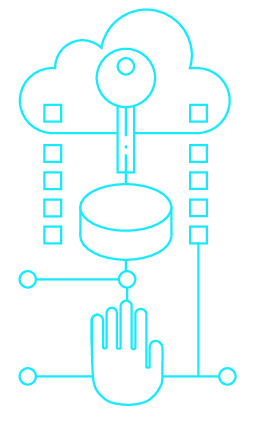|
|
|
| Module code: PIM-WI30 |
|
4V (4 hours per week) |
|
5 |
| Semester: 1 |
| Mandatory course: no |
Language of instruction:
German |
Assessment:
Written examination
[updated 08.05.2008]
|
PIM-WI30 Applied Informatics, Master, ASPO 01.10.2011
, semester 1, optional course
|
60 class hours (= 45 clock hours) over a 15-week period.
The total student study time is 150 hours (equivalent to 5 ECTS credits).
There are therefore 105 hours available for class preparation and follow-up work and exam preparation.
|
Recommended prerequisites (modules):
None.
|
Recommended as prerequisite for:
|
Module coordinator:
Prof. Dr. Ralf Denzer |
Lecturer:
Prof. Steven Frysinger
[updated 19.07.2007]
|
Learning outcomes:
This course will: (a) make the system developer aware of the human aspects of the system, including the peculiar cognitive and perceptual attributes of the human being; (b) provide the developer with design criteria and guidelines which will help to produce effective interactive computer systems; and (c) teach the developer how to quantitatively test the human/computer interface in a rigorous way, as part of the testing of the rest of the system.
[updated 08.05.2008]
|
Module content:
Computer systems are embedded in virtually every aspect of our modern life, from the database systems that help us run our businesses down to the cellular/mobile telephones on which we have come to depend for daily personal communication. But developers of these tools frequently forget that the human being is part of the computer system, because essentially all of these systems depend on human interaction of some sort to produce the desired end result. In order to overcome this we must educate computer system developers about the nature of the human/computer interface (HCI) and give them tools with which to design and test effective interfaces in the systems which they develop.
[updated 08.05.2008]
|
Recommended or required reading:
Price, Jennifer / Rogers, Yvonne /Sharp, Helen: Interaction Design. John Wiley and Sons 2002
[updated 08.05.2008]
|


